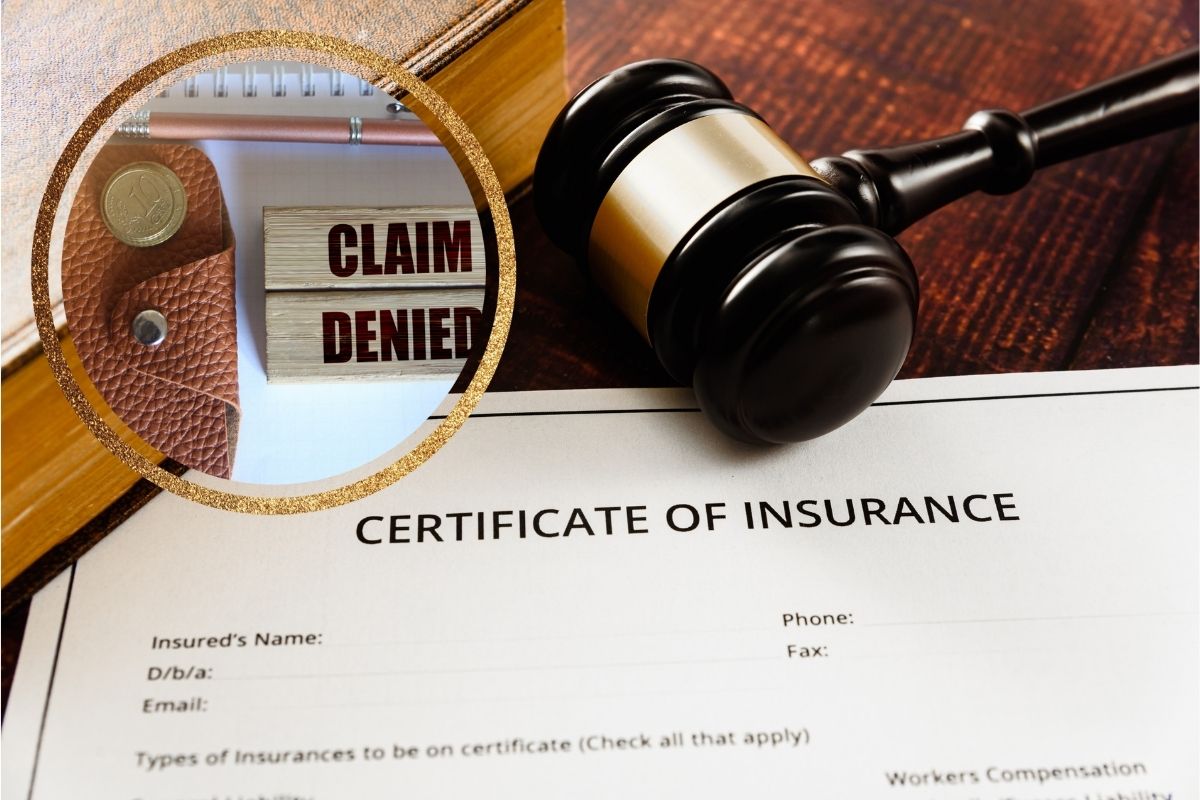
Navigating a personal injury case can feel overwhelming, especially when you’re left wondering how long the entire process takes. You might find yourself juggling medical bills, recovery, and the uncertainty of your settlement timeline.
Understanding the duration of a personal injury case is essential for managing your expectations and planning your next steps effectively.
From the moment you file a claim to the final settlement, various factors influence how long it will take to reach a resolution. Every case is unique, so knowing what to expect can help you stay informed and empowered.
In this blog, we’ll explore the key elements that affect the timeline of a personal injury case, from initial consultations to negotiations and possible litigation. Let’s dive into the details and arm you with the knowledge you need to navigate your journey confidently!
Factors Influencing the Duration of a Personal Injury Case
The timeline for settling a personal injury case can vary significantly based on several factors. Understanding these factors helps you anticipate the process and manage your expectations effectively. Let’s break down the primary influences on your case duration:
- Case Complexity: More complex cases involving multiple parties or significant damages, typically take longer to settle. A straightforward case often resolves faster.
- Severity of Injuries: If injuries require extensive medical treatment or rehabilitation, the settlement process might extend. Insurance companies usually wait until you reach maximum medical improvement before finalizing a settlement.
- Available Evidence: Cases backed by solid evidence, such as medical records and witness statements, may settle more quickly. Gathering comprehensive evidence can take time but pays off.
- Insurance Company Policies: Different insurance companies have varying claims processes and timelines. Some may prioritize quick resolutions, while others may drag their feet, impacting your overall timeline.
The Phases of a Personal Injury Case
Personal injury cases unfold in distinct phases, each contributing to the total duration. Understanding each phase allows you to gauge how long the process might take. Here’s a detailed breakdown:
- Initial Consultation: During this phase, you meet with a personal injury attorney in Springfield to discuss your case. This meeting usually lasts an hour or so. The attorney assesses the viability of your claim.
- Investigation: After the initial meeting, your attorney will gather evidence, consult with experts, and collect medical records. This phase can take several weeks to a few months, depending on the case’s complexity.
- Negotiation: Once the investigation wraps up, your attorney will present a demand for settlement to the insurance company. Negotiations can take weeks or months, depending on how quickly both parties reach an agreement.
- Litigation: If negotiations fail, your attorney may file a lawsuit. This phase can significantly extend your timeline, as litigation often involves several months or even years of court proceedings.
Common Reasons for Delays in Settling Personal Injury Cases
Delays are common in personal injury cases and can lead to frustration and uncertainty. Here are some common reasons these delays occur:
- Insurance Disputes: Insurance companies may dispute liability or the extent of damages. These disagreements can prolong negotiations and lead to drawn-out discussions.
- Medical Records Retrieval: Obtaining medical records can take time, especially if multiple healthcare providers are involved. Any holdup in gathering these documents can stall your case.
- Expert Witness Availability: In complex cases, expert testimonies might be necessary. Scheduling these experts can lead to further delays.
- Settlement Offers: Sometimes, the insurance company makes a low initial offer, requiring back-and-forth negotiations that can take weeks or longer.
Negotiation Process: What to Expect?
The negotiation process is a critical phase in settling a personal injury case. This stage requires effective communication and strategic planning. Here’s what you can expect:
- Initial Offer: The insurance company typically starts with a low offer. Expect this and be prepared to negotiate firmly.
- Counteroffers: Your attorney will counter the initial offer with a well-supported demand. Strong evidence and documentation can strengthen your position.
- Timeframe: Negotiations can take anywhere from a few weeks to several months, depending on the case’s complexity and the parties’ willingness to compromise.
- Maximizing Offers: Work closely with your attorney to understand the value of your case. Provide all necessary evidence and remain open to dialogue.
- Flexibility: Stay open to various solutions, including structured settlements or partial payments, which may speed up the process.
When to Consider Filing a Lawsuit?
Sometimes, negotiations fail to yield satisfactory results, making it necessary to consider filing a lawsuit. Here’s when and why litigation may be your best option:
- Unreasonable Offers: If the insurance company offers significantly less than your damages, litigation might be necessary to seek a fair resolution.
- Prolonged Negotiations: If negotiations drag on without progress, filing a lawsuit can prompt the insurance company to take your claim seriously.
- Legal Protections: Filing a lawsuit ensures you have legal protections and deadlines. It often compels the insurance company to reevaluate its stance.
- Personal Injury Lawyers: Collaborating with experienced personal injury lawyers during this phase can help you navigate complex legal processes and improve your chances of success.
Navigating the timeline of a personal injury case can feel daunting, but understanding the factors involved empowers you to take control of your situation. Every case is unique, and being informed about each phase helps you manage expectations and avoid frustration. As you embark on this journey, remember that having a skilled attorney by your side can make all the difference. Stay proactive, communicate effectively, and don’t hesitate to seek professional guidance when needed. Your path to resolution starts here!




